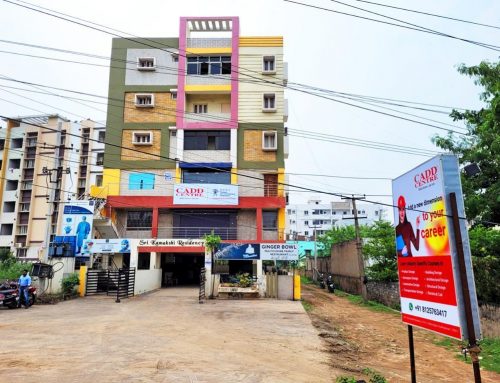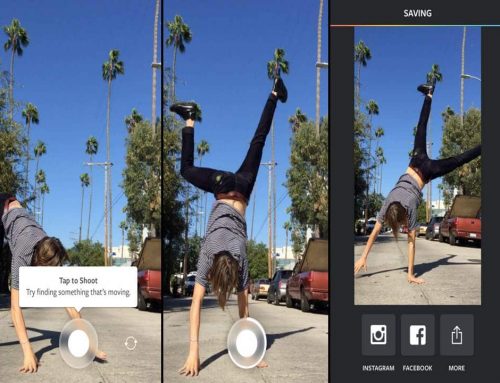What is PPI?
PPI or Pixels Per Inch is the number of the pixels located in every inch of an image. In order to clearly understand PPI, let us discuss the term thoroughly.
Firstly, pixel stands for “picture element”. It is the smallest physical element that one can see in a digital printout that the eyes can see. Pixels are made up of “sub-pixels”, composed of red, blue and green light elements that the human eyes cannot see since additive colour processing will blend them together into a single hue that appears on the pixel level.
Always remember that pixels have a fixed size, thus the number of pixels per inch (PPI) on your computer screen is a fixed quantity. You cannot adjust the size of the PPI on your monitor. Most LCD monitors have PPI size between 67 and 130, which mean that an image with 70 PPI or 130 PPI will definitely look the same because your monitor has a fixed PPI.
If you want to determine the PPI of your monitor, you may set your browser’s zoom at 100% and then you may measure the squares displayed on the monitor – both the width and the height – in inches.
How does PPI affect your printout?
It is clear that PPI does not affect the display of the image, but it does affect the print size of the image.
During the printing process, all the physical pixels that compose the image will be translated into little square with different hues on paper. In this case pixels are projected in a more abstract sense of the word “square picture element”. This means that pixels on paper have no fixed size, unlike that of the monitor. So if you increase the size of your image by 300%, then the pixels on the printout will become three times larger, thus your printout will become bigger but it will look rougher.
There are two methods that you can use in order to change the print size of your image. You can either do re-sampling or not. Normally, not re-sampling will be done by most since this will only change the size of the printout. But, if you decide to do re-sampling, this will cause a change in the number of pixels, which eventually changes the size of the file, in order to match the print size of the image.
If you don’t do re-sampling, the change in the PPI setting will either increase or decrease the print size of the image. This means that if you decrease the PPI the print size will increase and if you increase the PPI the print size will decrease. This is the best method to use if you’re going to create digital printouts of your image.
On the other hand, during re-sampling, the change in the PPI may cause the loss or creation of pixels. This means that if you decrease the PPI you will be losing pixels and if you increase the PPI you will be creating pixels. Remember that it is not good if you create more pixels or if you increase the PPI, because they will be generated by the computer which will result to a poor printout. So if you decide to do re-sampling, better decrease the PPI. Most of the time, resampling is needed if you want to reduce the size of your image in order to fit your needs, like if you want to use a smaller size for online use.
Take note that re-sampling an image at a higher number of pixels is generally not a good idea because the computer will likely cram the image with lots of pixels that are out of place, meaning you will get a bad-looking printout.



Leave A Comment